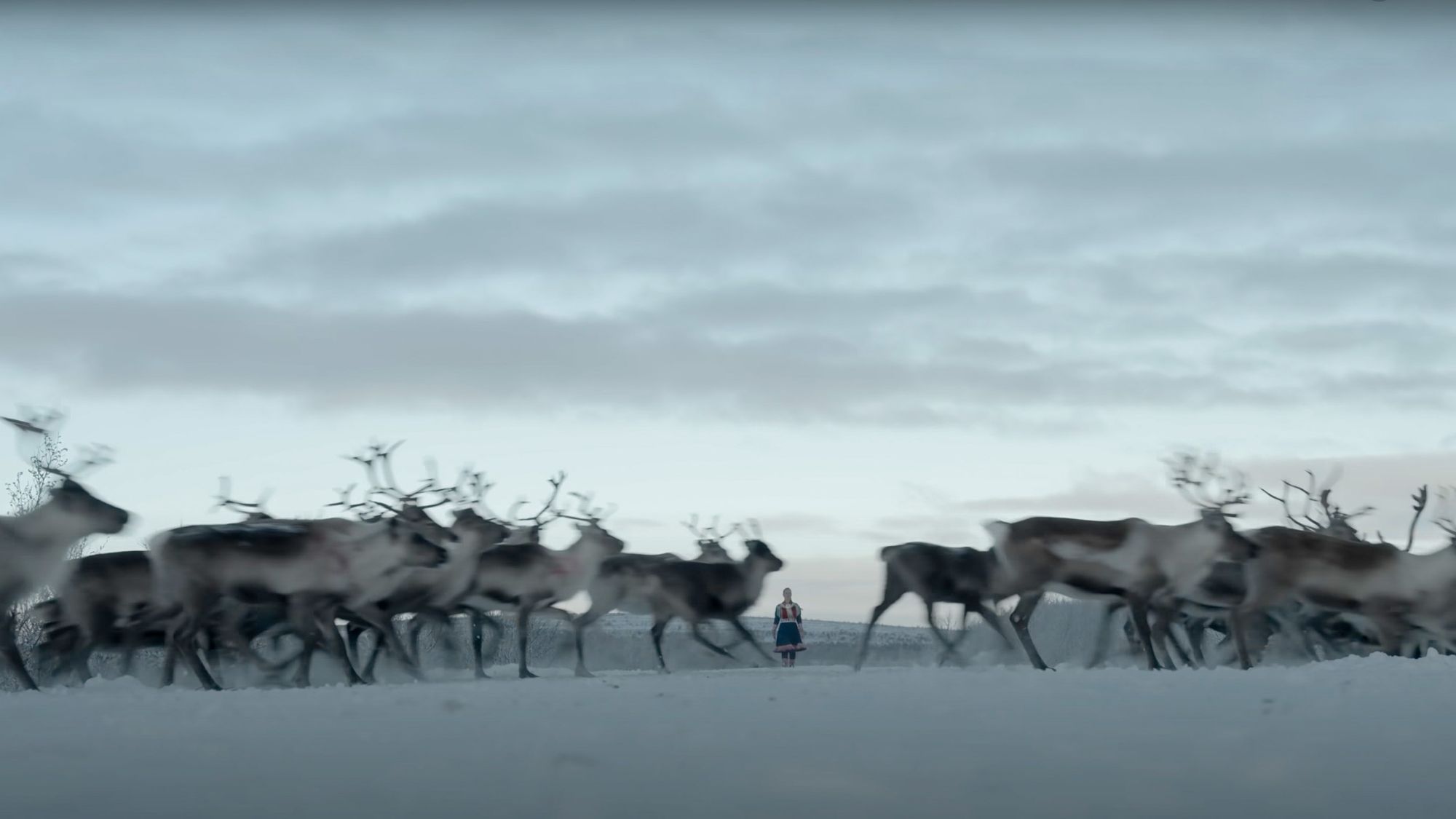009
I'm glad someone is treating future-music like the punch in the nose that it maybe needs to be.

WEATHER REPORT
dispatches on the weather and our everyday connection to the environment

New scratchboard, 12x12".
Kate Samworth is an artist, illustrator, and educator in Takoma Park MD (website)
More about Weather Report here
FUTURE-MUSIC
music to carry us forward
Ok yes, maybe this inadvertently ended up as Future Music's aging-white-rocker (John Paul Jones, Midnight Oil, Superchunk) post. Which might seem a little 'sus' as the kids would say. But when I realized that I decided to own it and start by looking at things through that lens.
It actually adds an interesting hook. Aging: that part I have no issue with, we need our musical elders. Look who is leading the charge against Spotify. Rockers: though rock is part of my own musical background, to be honest I sometimes think rock music in general doesn't really have much left to offer.
White: whiteness frankly needs to continue to be decentered in music. Part of the universe of course but not the center of it, which has been happening anyway to a degree as a natural evolution over the years. Real grounding in global diversity is required to shepherd us into the future, not white saviors.
To his credit, Led Zeppelin's John Paul Jones - as well as Robbie Robertson's son Sebastian, who organized this great latest video from Playing for Change - clearly gets that. Even though he's the famous lynchpin of the video, Jones keeps a low-key and deferential presence in a wide-ranging international cast.






The performance is a thunderclap of human expression, unity, and connection with the Earth. The first thing I've seen in a while that gave me actual tinglies, transcending the cringiness of some music that strives to be about climate. This feels like rolling out the heavy artillery of human potential.
Not to mention that they're raising money - almost 42k at last check - for the cause:
Net proceeds will go to organizations that prioritize real time solutions that facilitate environmental justice and sustainability, including Conservation International, American Rivers, World Wildlife Fund, REVERB, and the PFC Foundation.
All of the three songs in this post wrestle with the question of how to deliver a climate message - or any message - in music. Besides the question of rock's relevance, I've often wondered how older genres like blues can be 'future music' instead of 'preservation hall'.
When the Levee Breaks is an interesting answer to that question. The 1929 original by Kansas Joe McCoy and Memphis Minnie was totally different, an upbeat and relatively standard 12-bar blues about the Great Mississippi Flood of 1927:
Regardless what you think about Led Zeppelin - or the general practice of British bands of that era appropriating the black American music they worshipped - they reimagined and reworked the original into something radically different. The signature droning/churning guitar-bass riff, the heavy beat, the mournful intensity. This is not the kind of hokey blues pastiche the Rolling Stones were guilty of all too often. This is a dark, menacing, symphonic masterpiece.
So in a way, the Playing for Change version is the song's third iteration a half-century later, and almost a century after the original. That in itself is pretty amazing. Yes it's a pure homage to the Led Zep version, but given a new life by recontextualizing it for modern times. In part because of its diversity, it asserts its modern relevance and elevates to something more universal.
Like I said, tinglies. Makes you feel like we still have a shot. Well done.
I'll go to war with singer Peter Garrett anytime, Midnight Oil has always been a great band and are no strangers to unabashed political/environmental messages. Honestly, though, while it's vintage Midnight Oil in a way, melodically and lyrically I don't think this song takes off until around the 2:47 mark. Pretty persuasive by that point, but early on it dwells too long on slow-burn buildups that are not all that interesting, and some of the lyrics feel a little awkward to my ears.
I'm glad someone is treating future-music like the punch in the nose that it maybe needs to be. But I think this song is a case of the dilemma facing musicians making songs about climate: bury the message and it's not received, don't bury the message and things risk getting heavy-handed.
Yes, Superchunk's "What a Time to Be Alive" is a 2018 response to Trump, not a climate thing, but when it came out I thought FINALLY someone found a way to wake up and raise their messaging game in a convincing way. Talk about a punch in the nose, from a pure song standpoint it's thrilling all the way through. The lyrics are generally a little more cryptic than Midnight Oil's - just cryptic enough? - except of course payoff lines like:
The scum
The shame
The f--king lies
Oh what a time to be alive
ROUNDUP
‘I’m Destroyed Inside’: Ukraine’s Flourishing Music Scene Faces an Existential Threat
Rolling Stone | February 28 2022
Musicians in Ukraine say that a thriving, diverse scene of all genres grew in their country after the 2014 revolution. Now, Russia’s invasion has put its future at risk
Last time I saw Andriy he was in high heels. Now, like many of my friends, he’s taken up arms
The Guardian | February 27, 2022
I was starting an art residency project. We were waiting for the artists to arrive. My first thought – it seems funny now – was: “Are we cancelling the project?”
Ukraine museum reportedly burns down in Russian invasion, destroying 25 works by folk artist Maria Prymachenko
The Art Newspaper | February 28, 2022

Several of her works have been featured on Ukraine's postage stamps and, in 1966, she was awarded Ukraine's highest cultural honour, the Shevchenko National Prize. To recognise her contributions to the field of folk art, UNESCO declared 2009 the year of Maria Prymachenko.
CLIMATE-ART RESIDENCIES
curated by Stephan Jacobs
Sante Fe Art Institute - 2023 Changing Climate Residency

https://sfai.org/residency/thematic-residencies/changing-climate/
DEADLINE for 2023 Sessions: April 10, 2022, 11:59pm (Mountain Time)
WHERE: Sante Fe, New Mexico USA
WHO: Emerging to well-established multidisciplinary artists.
DURATION: 1-3 months
WHEN: Year-round, with program breaks in April, August, and December. See schedule.
COST: Funded. Accommodation, meals. (see FAQ page). For the “Changing Climate Residency, 28 BIPOC artists will receive a $500 stipend.
“The climate crisis is also a crisis of culture, and thus of imagination.”
- Amitav Ghosh
The 2023 International Thematic Residency, Changing Climate, addresses the most critical issue of our time. For the Changing Climate Open Call, SFAI seeks to support artistic exploration, creative activism, and community art actions related to global warming that inspire individual transformation and inform collective action.
SFAI’s 2023 season includes a themed residency, Changing Climate, to bring together artists across the creative spectrum whose work seeks to connect human health with environmental and planetary health, and increase emotional resilience and adaptation to a quickly changing earth.
The Sante Fe Art Institute, founded in 1985, is commitment to “foster and explore the interconnections of contemporary art and society, to enliven public discourse on art, and to support and nurture artists at all phases of their careers.”
Residents are housed and provided workspace within SFAI’s 17,000-square-foot built-for-artists apartments and studio facility within a campus in the culturally vibrant heart of Sante Fe.
In 2023, SFAI has committed to offset the carbon footprint of residents’ air and car travel to support the work of Indigenous climate activists. The program also hosts a one-month creative family residency starting mid-August each year.
Stephan Jacobs is a Boston-based artist, educator, and the acting faculty director of Emmanuel College’s institutional artist residency and co-founder of an academic partnership with Bauhaus University, Weimar.
If you know of a good potential addition to this list, please reach out to Stephan at stephanwjacobs@gmail.com.
